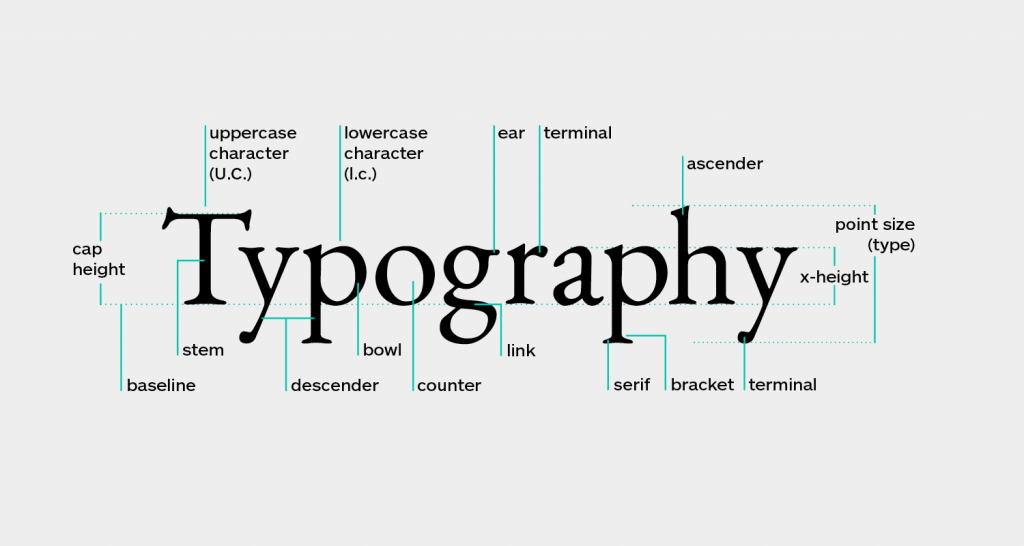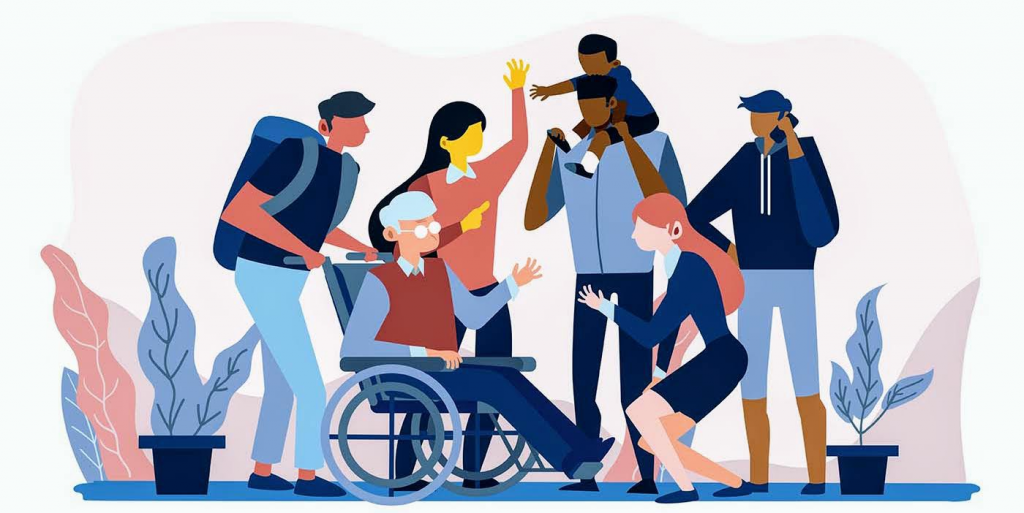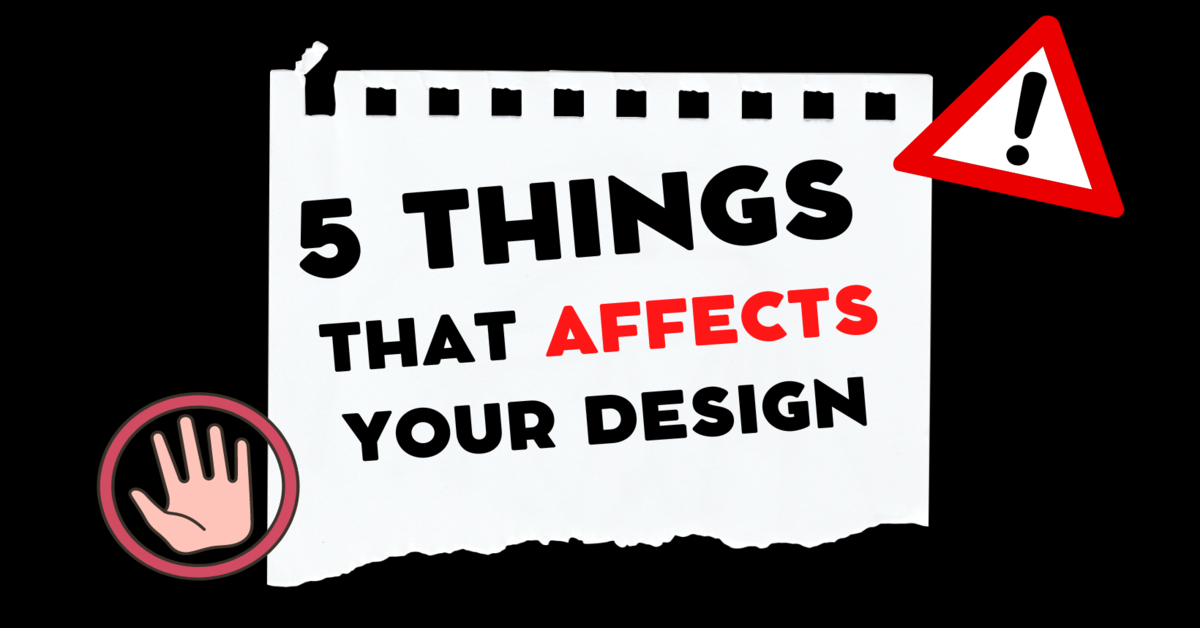Designing something should always be done with careful consideration. It’s not just about color, shape, and size, but it’s also about the elements you don’t see. Many people don’t know that there are actually five things that can affect the design of something, even if they can’t be seen. In this article, we’ll explore the five things that can have a profound effect on the design of your product and how to make sure your design takes them into account.
User Experience
User experience affects design because it has a direct impact on how users interact with and make use of a product. It is essential to understand the user experience to ensure that the design of a product is intuitive and user-friendly. This means that the user experience must be taken into account when designing a product so that it is easy to use, attractive, and encourages users to interact with the product.

Moreover, user experience affects design by providing a data for understanding how users interact with a product. It helps designers create products that are easy to use, that look good, that solve the user’s problems, and that meet the user’s needs.
Human Computer Interaction

HCI is the study of how people interact with computers, software, and other technology. It is a subset of the larger field of ergonomics, which is concerned with designing products and environments that are safe, efficient, and comfortable for people to use.
For instance, HCI is important in design because it helps to ensure that products are easy to use, understandable, and accessible. It helps to create user experiences that are engaging and intuitive. HCI takes into account the needs of the user and how they interact with the product in order to make sure that everything works as it should. It also takes into account the user’s physical and cognitive abilities and the context in which they are using the product.
Apart from that, HCI is used to identify potential problems with a product and help designers create solutions. It involves analyzing user behavior, preferences, and interactions with technology, as well as understanding the user’s goals and objectives. HCI also helps to identify usability issues, such as poor navigation, confusing interfaces, or lack of feedback.
Color Theory
Color theory helps designers understand how certain colors interact with each other and how they can be used to create desired effects.
- Colors can be used to evoke certain emotions or feelings, as well as create a particular atmosphere.
- Color is also an important tool for creating visual hierarchy, which helps draw attention to certain elements of a design
- Color theory can also be used to create a sense of balance and harmony within a design, as well as to create contrast between elements.
- Designers use color theory to create a desired visual impact, from bright and energetic designs to subtle and calming designs.
- Color theory also helps to maintain consistency throughout a design, as certain combinations of colors can be used to create a unified look.

Overall, Color Theory is a powerful tool for designers to create visually appealing and effective designs. By understanding the fundamentals of Color Theory, designers can create designs that convey the right message and evoke the desired emotion.
Typography

Typography is an integral part of design. It is the art and technique of arranging type to make written language legible, readable, and appealing when displayed. Good typography can be the difference between a good and a great design. It can also have a major impact on how a design is perceived.
Furthermore, typography is important because it allows a designer to create a visual hierarchy that can direct and guide a reader’s eye. It helps create a sense of order and structure in a design, making it easier to understand. The size, weight, and style of type can all be used to emphasize certain words or phrases and draw attention to specific elements of a design.
In short, typography is essential to good design. It can be used to create a visually appealing, balanced, and unified design, as well as to emphasize important elements and create a mood. Typography is a powerful tool in the hands of any designer, and can take a design to the next level.
Accessibility
Accessibility affects design because it ensures that all users can effectively use, understand, and benefit from a product or service regardless of their physical, cognitive, or technological abilities. Accessibility encompasses a wide range of considerations, from the physical design of a product or service to the user interface, to the way information is presented.

Thus, the importance of accessibility in design is further highlighted by the fact that people with disabilities represent a significant portion of the population. According to the World Health Organization, 15% of the world’s population, or 1 billion people, live with some form of disability. It is therefore essential to ensure that products and services are designed in a way that allows people with disabilities to effectively use and benefit from them.
Conclusion
Design affects our everyday lives, from the way we interact with technology to the way our homes are decorated. Each of these things plays a role in how we experience and interact with design today. By understanding how each of these elements affects design, we can create more effective, meaningful design experiences. Discover more blogs to your liking at Artmeet.

